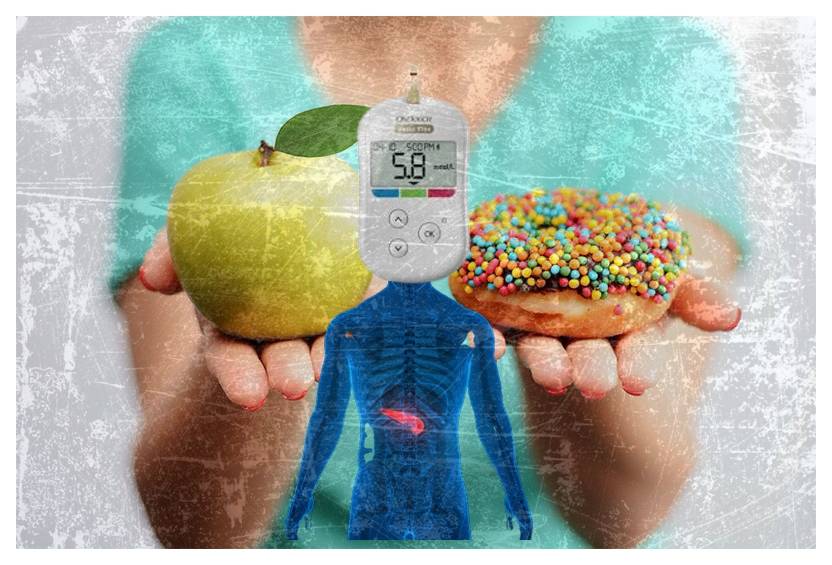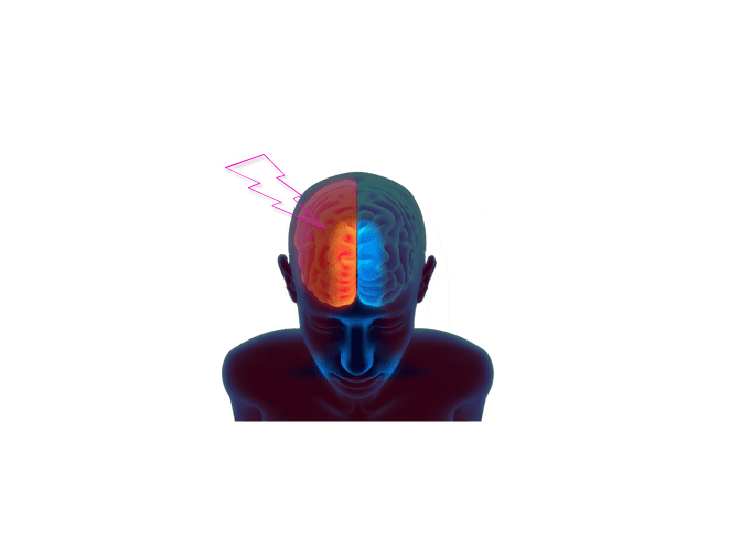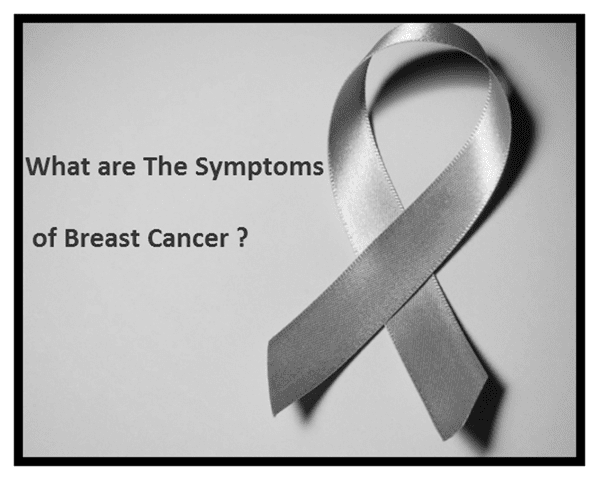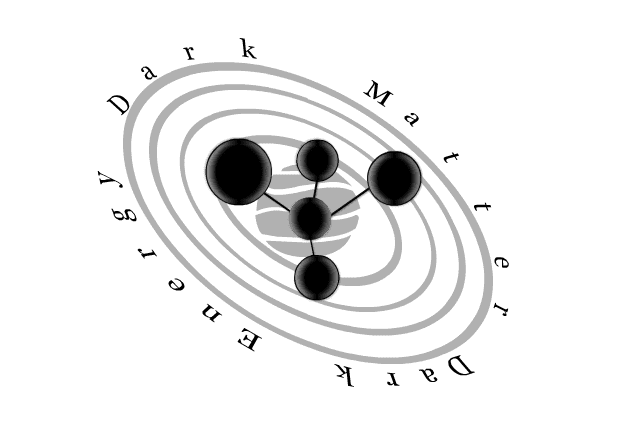CÁNCER ge 'nar enfermedad xi rara ne hne ngatho da nu'bya xtä ne 'nehe ge 'nar hyote silencioso pa ya jä'i. Debido da inicialmente hingi podíamos ga pädi Hä'mu̲ comenzó jar nte ar ja ma komongu, llegamos tso̲kwa saber Hä'mu̲ zo̲ni 'nar etapa peligrosa.. Pe̲ts'i xingu ya xingu 'na'ño cáncer. Nu'bya ga da mä ar cáncer ar mama ja ya 'be̲hñä. Discutiremos yá síntomas, Signos ne curas.
Xingu wa estadios ar cáncer
Cáncer mama pe̲ts'i Yoto Bu̲i signos clínicos ar cáncer ar mama potencial, Da xingu ya fotos ne diagramas clínicos 'na'ño..
Ar Ndu̲i 'me̲'ä ir mahyoni ne nu'i gi ga ja ge 'nar 'ra'yo je̲ya terrón o grueso tejido mamario. Nu'bya ar mahyoni ga ja hingi nga̲tho ya bultos ja ya senos ya cancerosos. Wat'i, nu'bu da nota 'nar 'ra'yo 'be̲ni mar wa 'nar 'be̲ni mar diferente nu'bu̲ xí revisando yá senos., Gi ndi nú ár proveedor ar Ntheti médica mäs cercano tsa hoki 'nar nt'ot'e nthogi exhaustivo ne da 'nar historial gí..
Ar Segundo 'me̲'ä ir mahyoni pa averiguar pa es 'nar diferencia jar dets'e wa tamaño 'na wa 'na ya senos. Nu'bya xi hño, nuna gehna mahyoni ngetho 'me̲hna ndi indicar 'nar tsa̲ cáncer mama ne tsa̲ da notar nä'ä mäs nu'bu̲ mueve ya brazos wa nu'bu̲ ar xi vistiendo..
Ar Ar hñu ar nt'udi gi pe̲ts' ga ja ar fluido secreción ya pezones. Ar tsa̲ da ga ke ya bi ya 'mui sangrienta. Nu'bya hingi necesariamente pe̲ts'i da da sangriento. Pos hä, nu'bu da nota 'nar 'ra'yo secreción 'na njät'i jar pezón ne hingi xi amamantando wa amamantando, gi ma ga ár proveedor ar Ntheti médica mäs cercano, nä'ä 'ñätho to bí examinar ne da 'nar 'bede nxo̲ge pa japi hyoni Temu̲ ndi to ar causa.. Ne ge'ä ngetho 'na ya ndu'mi causas 'nar secreción líquido ar pezón ge 'nar tsa̲ cáncer mama..
Ar 'Re̲t'a ma ku̲t' pa ga 'bu̲'be atento jar ar tse̲ yá mpa̲ti ja ar axila específicamente grumos. Pos hä, nu'bu̲ xí examinando yá axilas ne nota 'nar 'ra'yo 'be̲ni mar nu'bu̲ nä'ä hingi xi sentido nu'bu̲., Hingi dude ja ma ga ár médico, nä'ä to volver gi 'nar nt'ot'e nthogi exhaustivo nu'bu mahyoni.
Ar Ku̲t'a 'me̲'ä ir Ga ja ar Nuxki Hoyuelos sarpullido o rojez ya ar piel da rodea ar tejido mamario. Nja'bu da 'nar xka notan nuwa ya t'olo nuya puntos ne esto es 'naxtu̲i conocido komongu Purdue wa ya naranja.. Nu'bya ge'ä francés pa cáscara naranja. Nu'bu̲ gi pädi 'nar naranja tsa̲ mi ne bí mä ligeramente ja 'nar piel nthe̲ns'i ko nuya t'olo albóndigas wa ya puntos.. Nu'bu̲ notas 'me̲hna, Hingi dude jar 'yani ár médico wa ar clínico xí cercano da tsa evaluar nä'ä.
Ar 'Rato ya signos nsu Ga ja ge 'nar enrojecimiento ar erupción, escalada, wa eccema mi 'be̲ni ar pezón. Nuna fotografiya nuwa demuestra 'naxtu̲i llamado Paget enfermedad ja ar pezón. Nuna ar klase ya descamación ne ya erupción mi 'be̲ni ar pezón real. 'Ñotho ar embargo, Ntsuni atento jar nuna ar erupción, rojez, escalada, wa eccema jar jar hnini ar areola, Temu̲ bi jar hnini da rodea ar pezón jar hä.
Ngäts'i, ar Séptima señal mahyoni ne ga ja ar tse̲ yá mpa̲ti ar pezón. Xí fotografía nuwa jar tsa̲ ga inversión ar pezón. Nu'bu̲ notas 'naxtu̲i komongu 'me̲hna, hingi dudes jar nú ir Doctor Who mäs cercano nu'u̲ xta mencionado nu'bu̲, asegurará ar da hagan 'nar 'bede ne 'nar nt'ot'e nthogi nsu ne exhaustivos.
Nja'bu da nuwa discutimos ga̲tho 7 signos cáncer mama . Bí nja'bu̲ bí da ya señales, Anke o principalmente ja ya 'be̲hñä 'nehe to to da ya 'ñoho ne nä'ä bí da ja da ya 'ño̲ho̲ xi ndo̲ cáncer mama.
What are the possibilities of cancer?
When talking of cancer, possibilities are the various outcomes and scenarios that may arise due to cancer development, diagnosis, treatment and prognosis. Here are some possible cases about cancer:
1.Development
Cancer can develop in almost any part of the body through genetic mutations in normal cells leading to their uncontrolled growth and division. There exist many factors such as genetic predisposition, environmental aspects (tobacco smoke or sunlight), lifestyle issues (diet and exercise) or infectious agents like certain viruses can cause these mutations.
2. Diagnosis
It is possible for cancer to be diagnosed at different stages; from early-stage when it is localized within its original tissue site without invading neighboring tissues or organs to advanced-stage when it has spread (metastasized) to distant body parts. Generally the diagnosis of cancer involves a medical history, physical examination, imaging tests (X-rays, CT scans or MRIs), laboratory tests (blood tests or biopsies) and sometimes genetic testing.
3.Treatment
Treatment options for cancer are determined by a number of factors including the type and stage of cancer, as well as their overall health status and choices. Surgical excision, chemotherapy, radiotherapy, immunotherapy, targeted therapy, hormonal therapy and sometimes a combination of these methods may be used as treatment modalities. The objectives of treatment are to eliminate or destroy cancer cells, reduce tumors in size, relieve symptoms and improve general quality of life.
4. Prognosis
The prognosis for cancer varies widely based on disease factors such as type and stage. Effectiveness of treatment; presence of comorbidities; age; overall health condition among other things. Some cancers have a good prognosis with high survival rates especially if they are diagnosed early and treated well. However some other cancers can lead to poor outcomes especially when they are diagnosed at advanced stages or resistant to treatment.
5. Survivorship
Numerous individuals who have had cancer live healthy lives after going through the disease stage. Survivorship involves checking continually for signs that the cancer has come back (recurrence) taking care of any long-term effects from treatment (for example physical, emotional, cognitive issues) and addressing support needs for patients. Care plans may include regular follow-ups with medical oncologists or primary care doctors to monitor long-term effects like heart problems or secondary cancers that could develop from previous treatments as well as provide surveillance for cancer recurrences which may imply survival monitoring alone or together with palliative care if indeed applicable.
As a whole, even though the prospect of cancer could be terrifying, developments in research for cancer, early detection methods and treatment modes have all improved the conditions and lives of numerous people who have cancer. Nevertheless, it is significant to note that every individual reacts differently to the disease and that there are multiple possibilities as far as cancer is concerned.























Very Informative post Thank syou